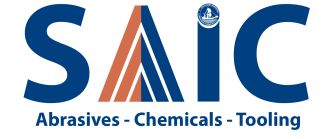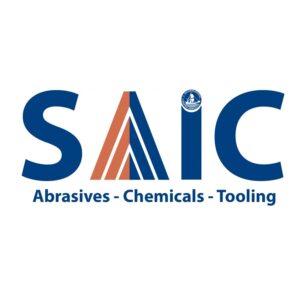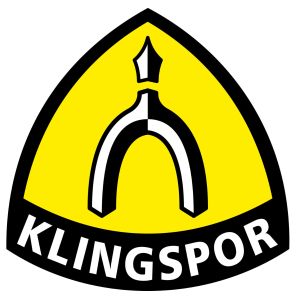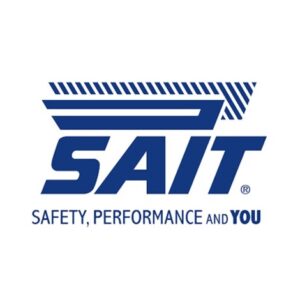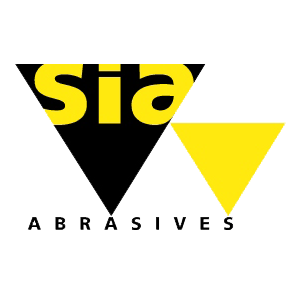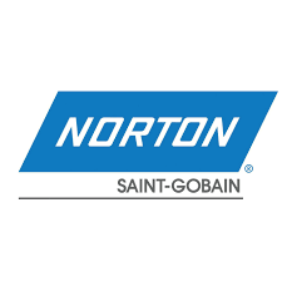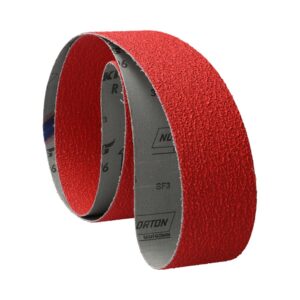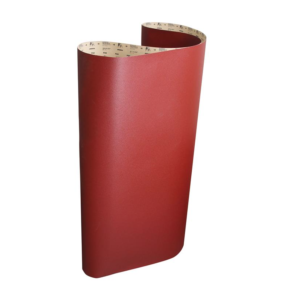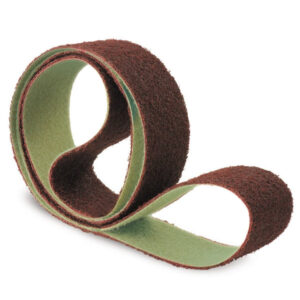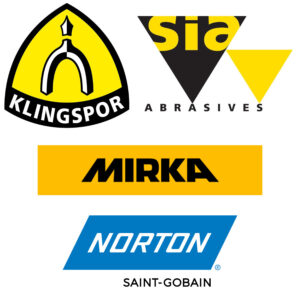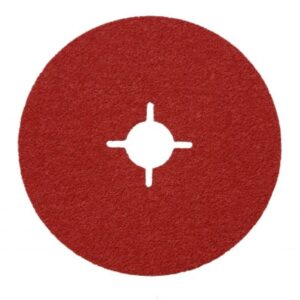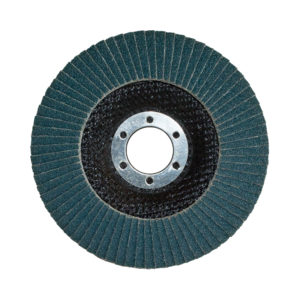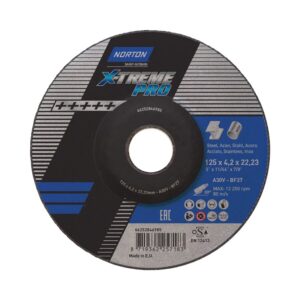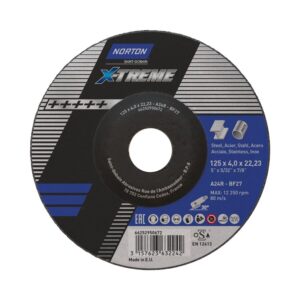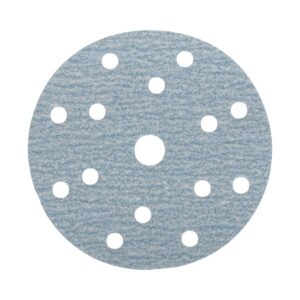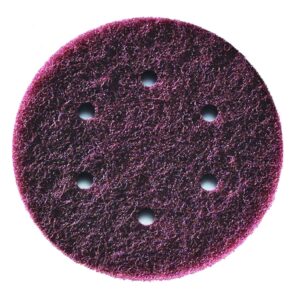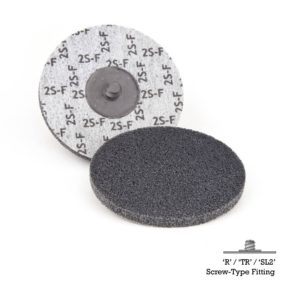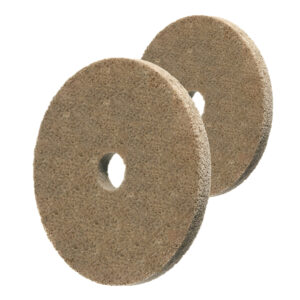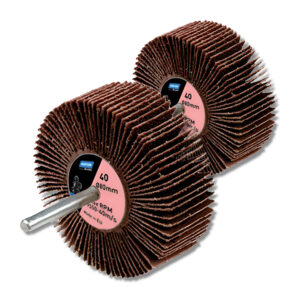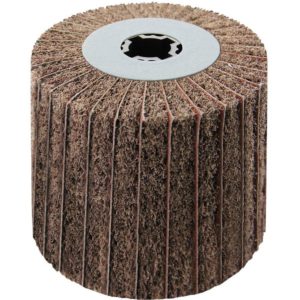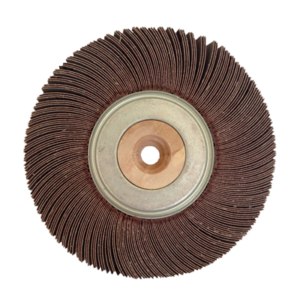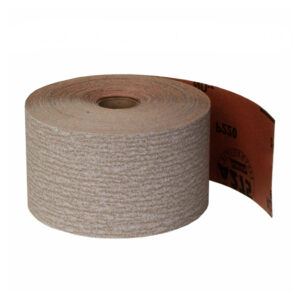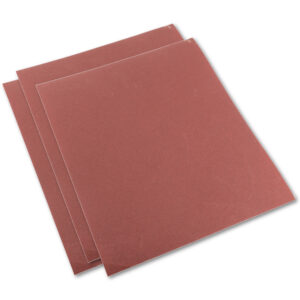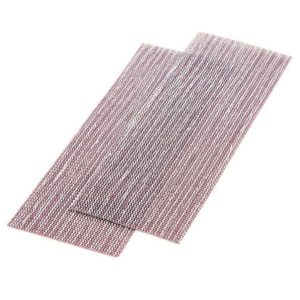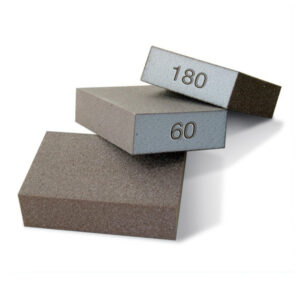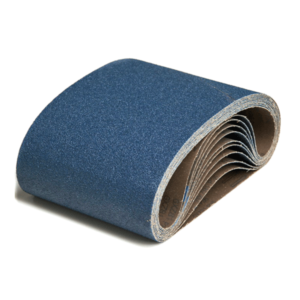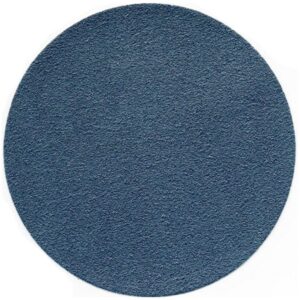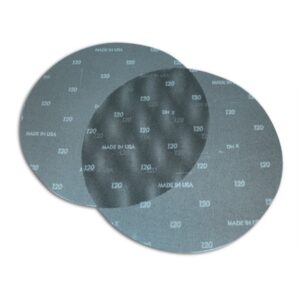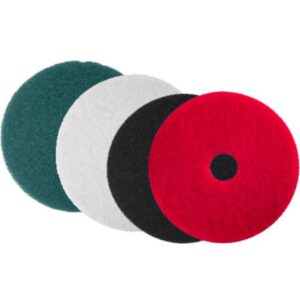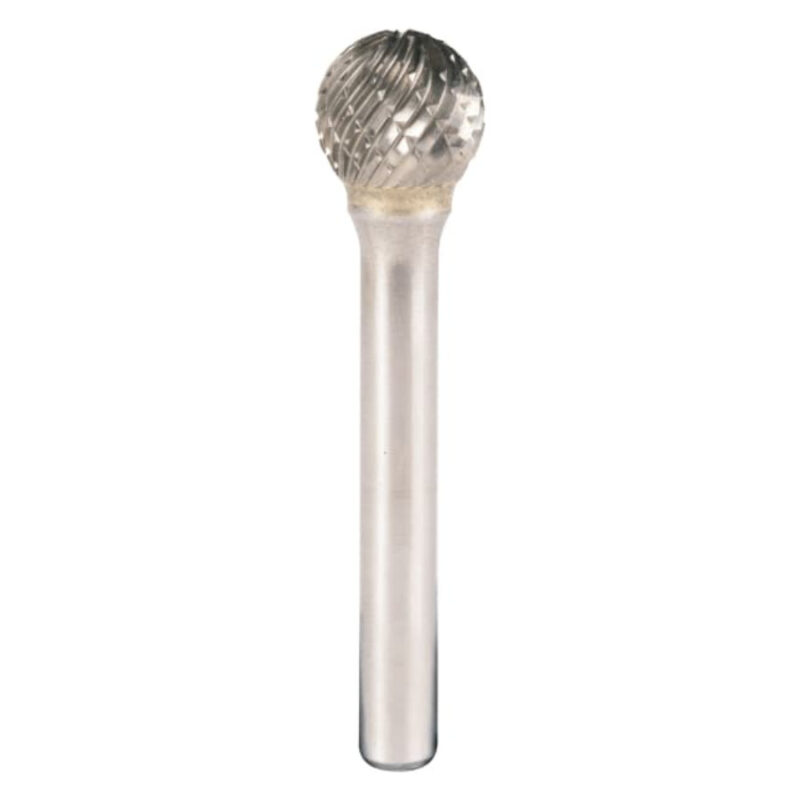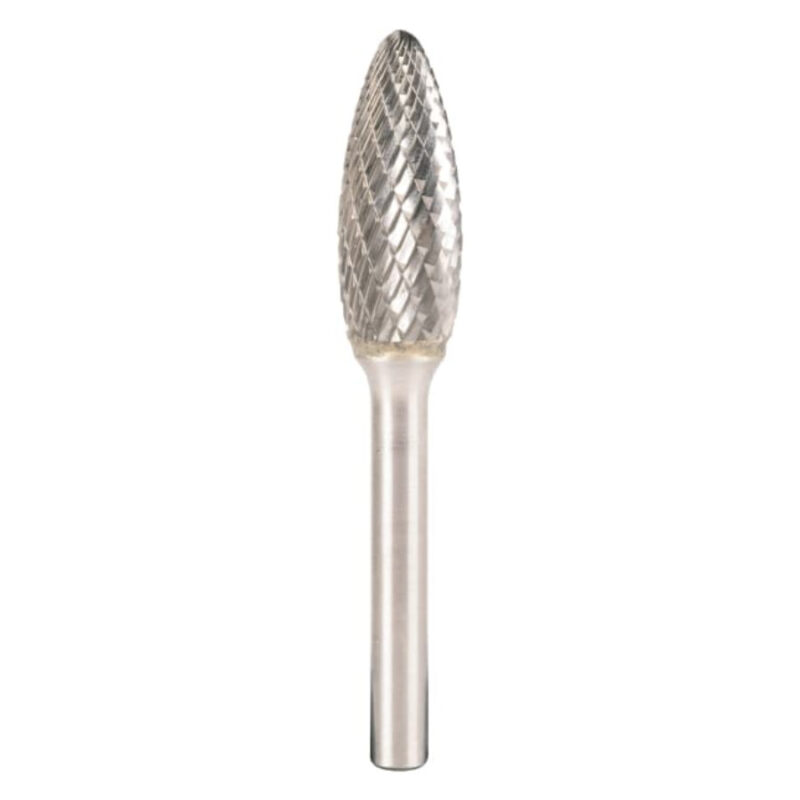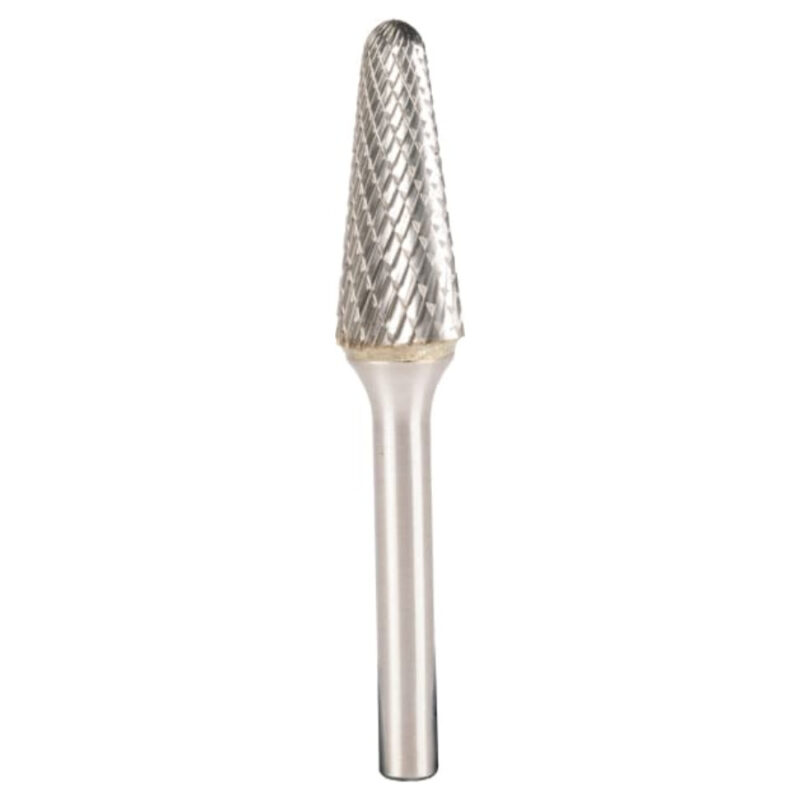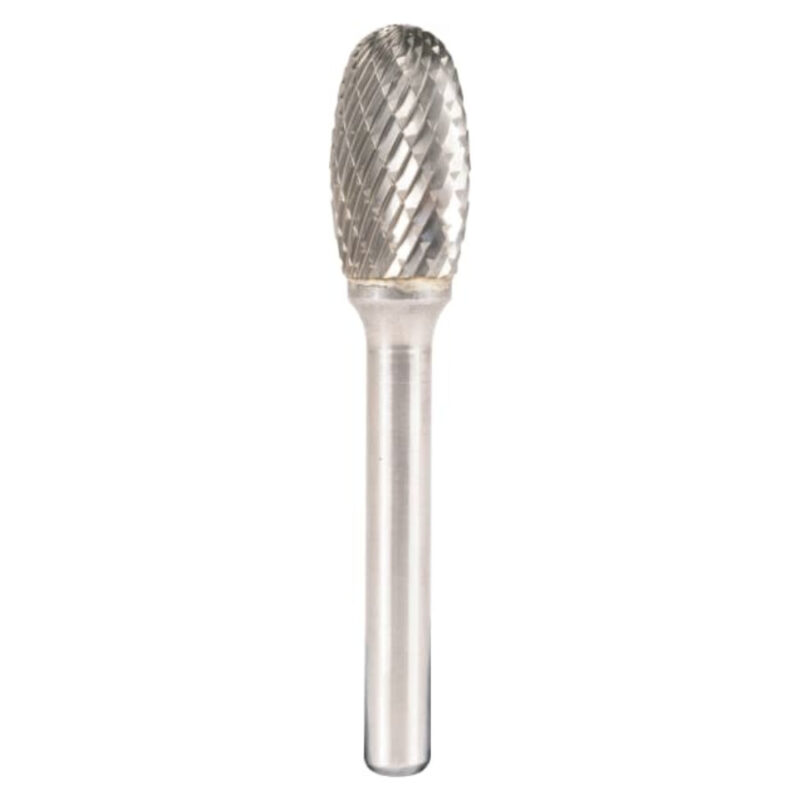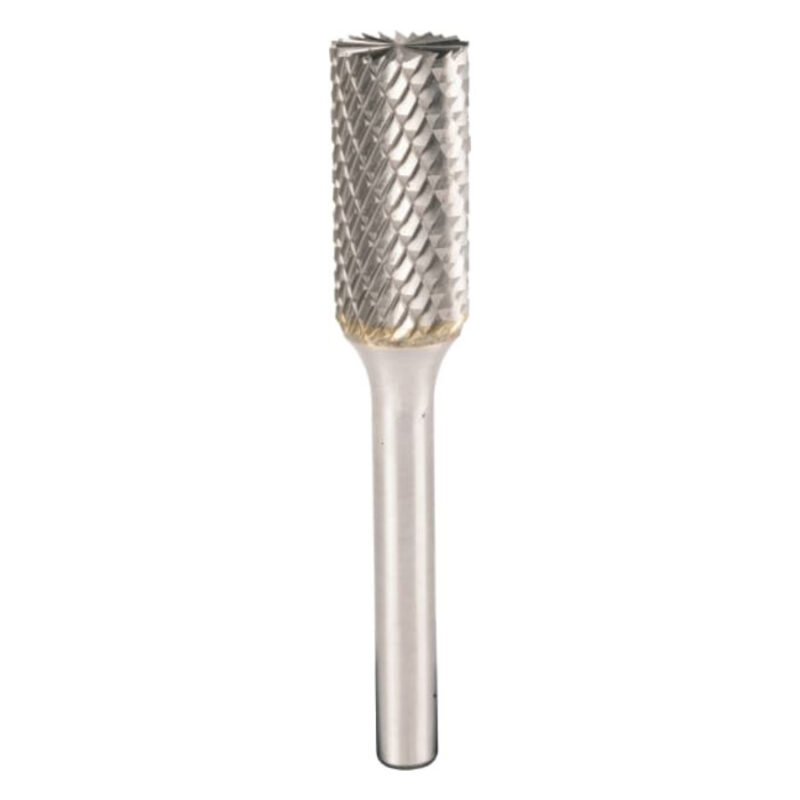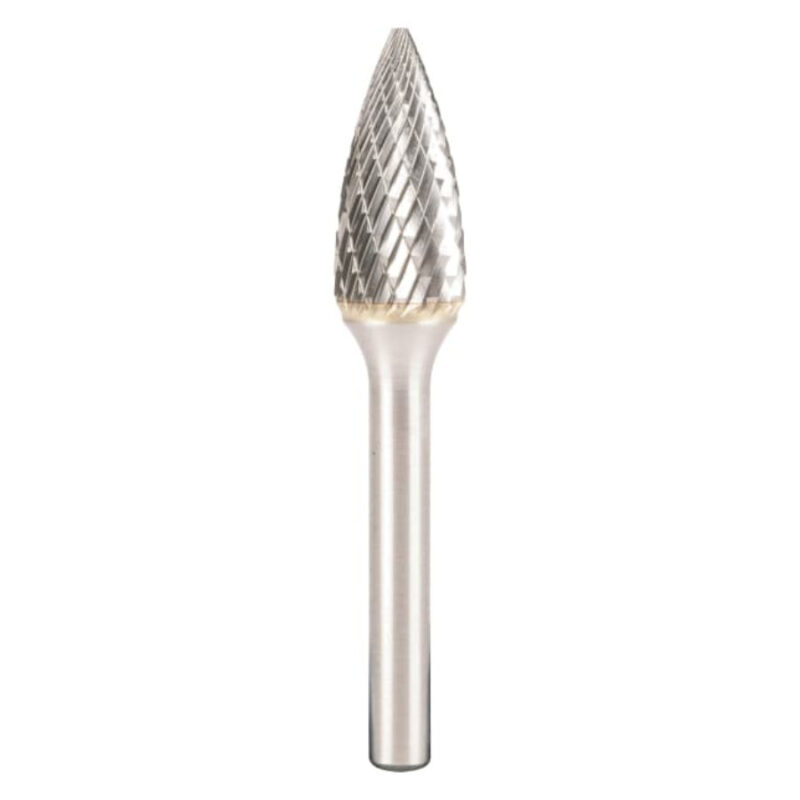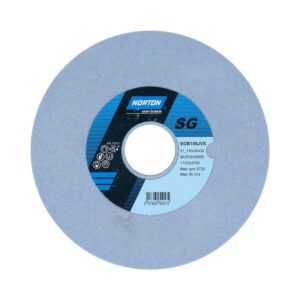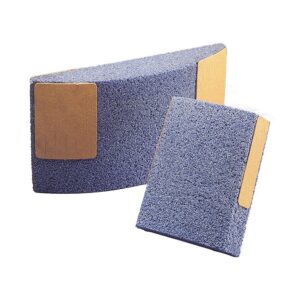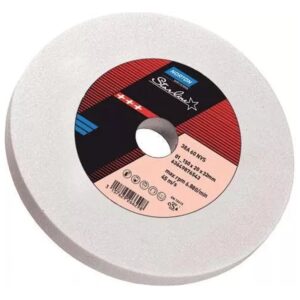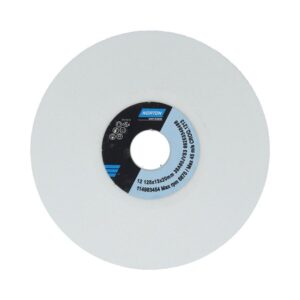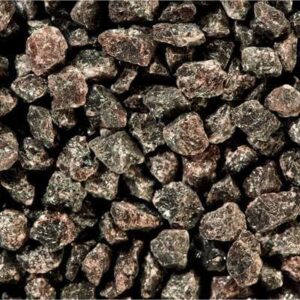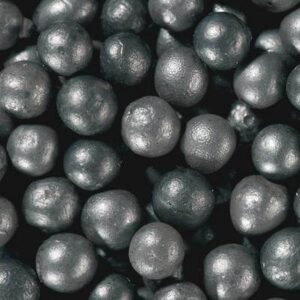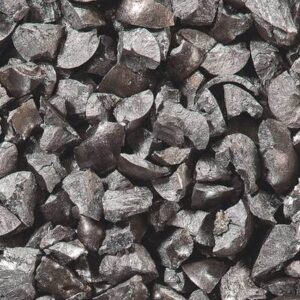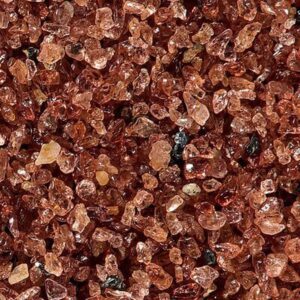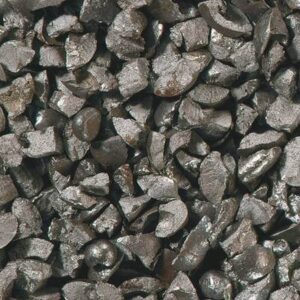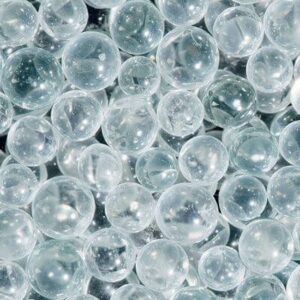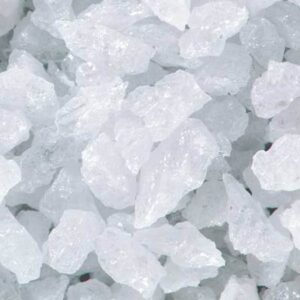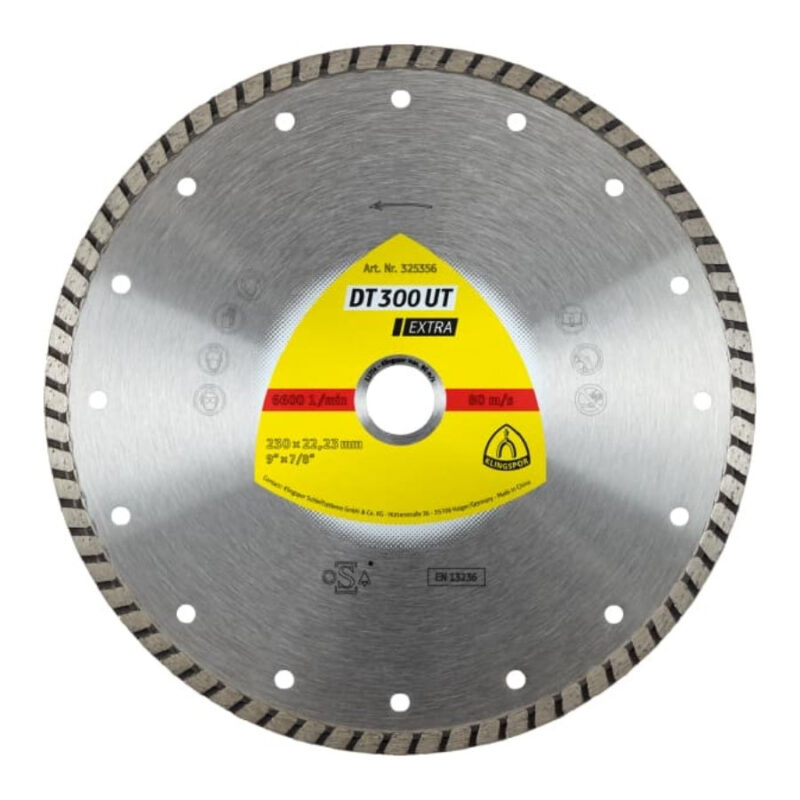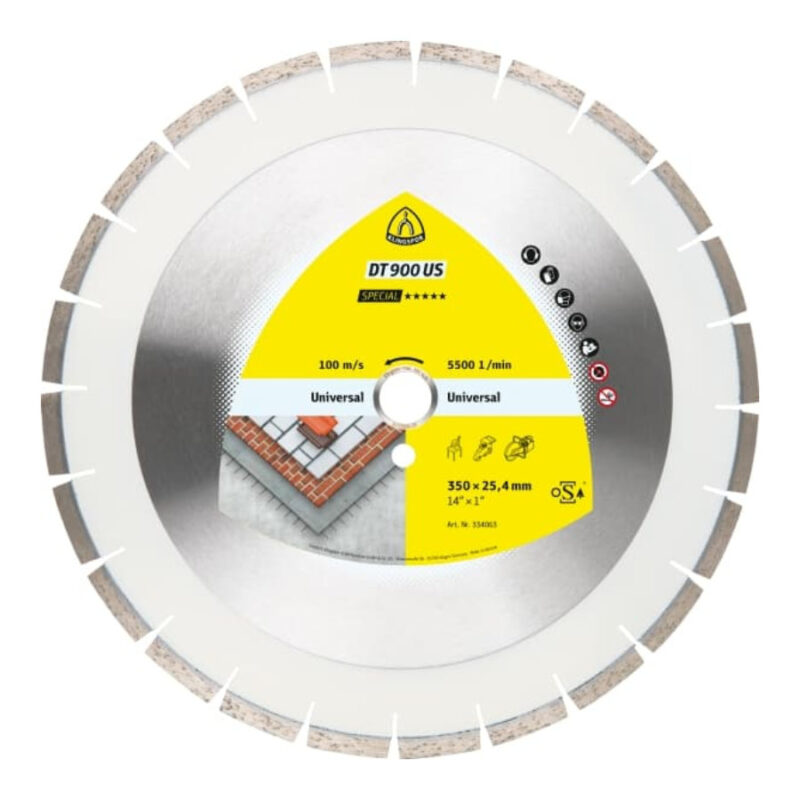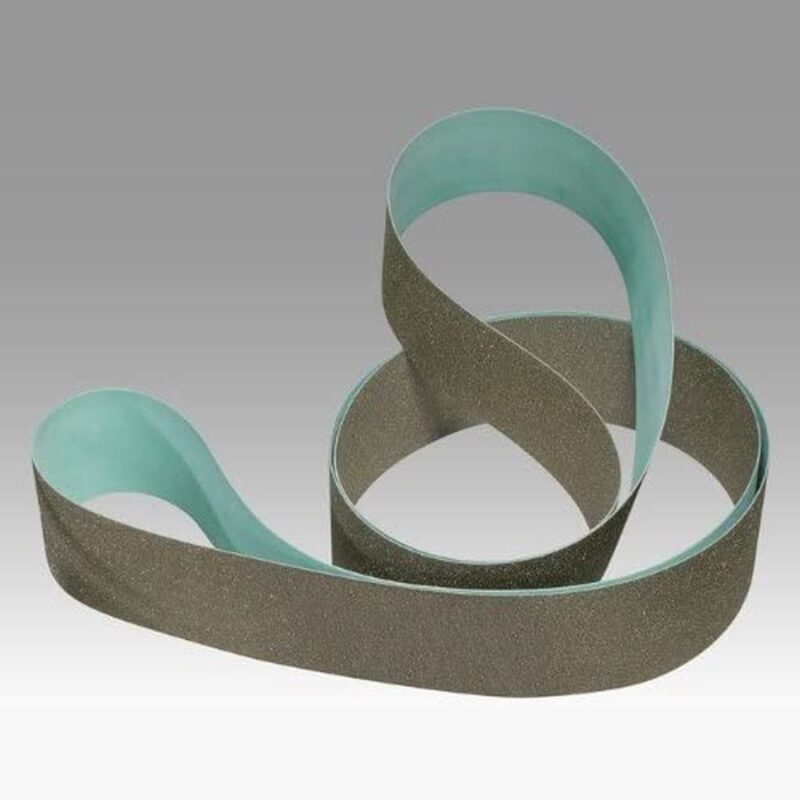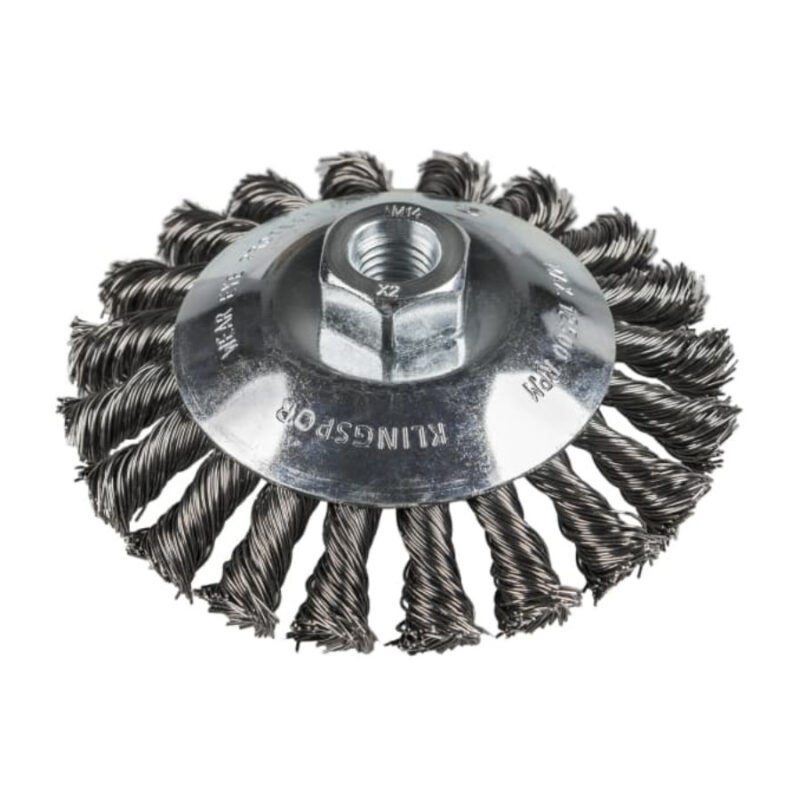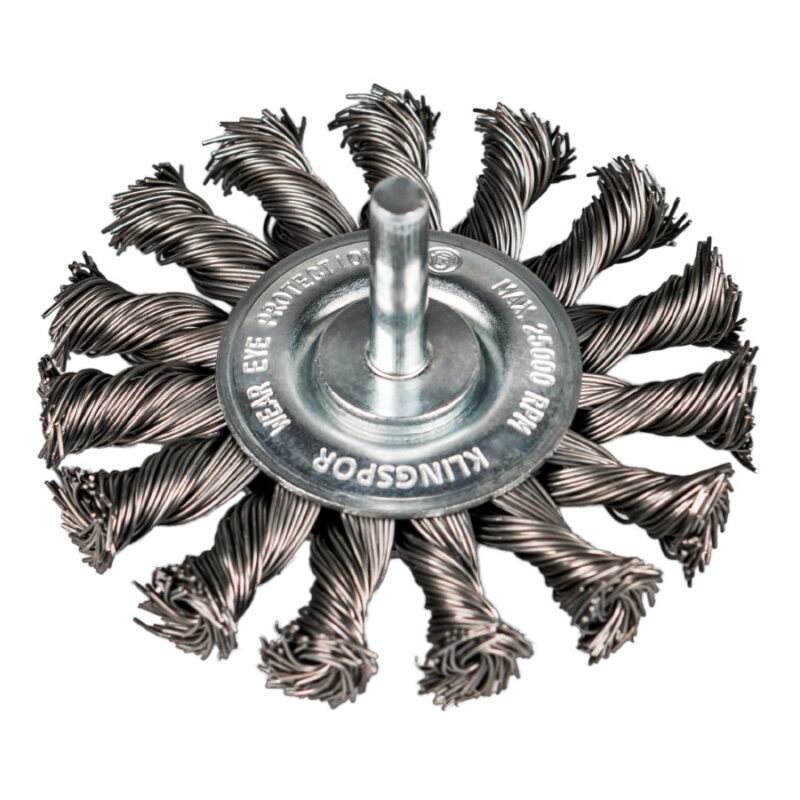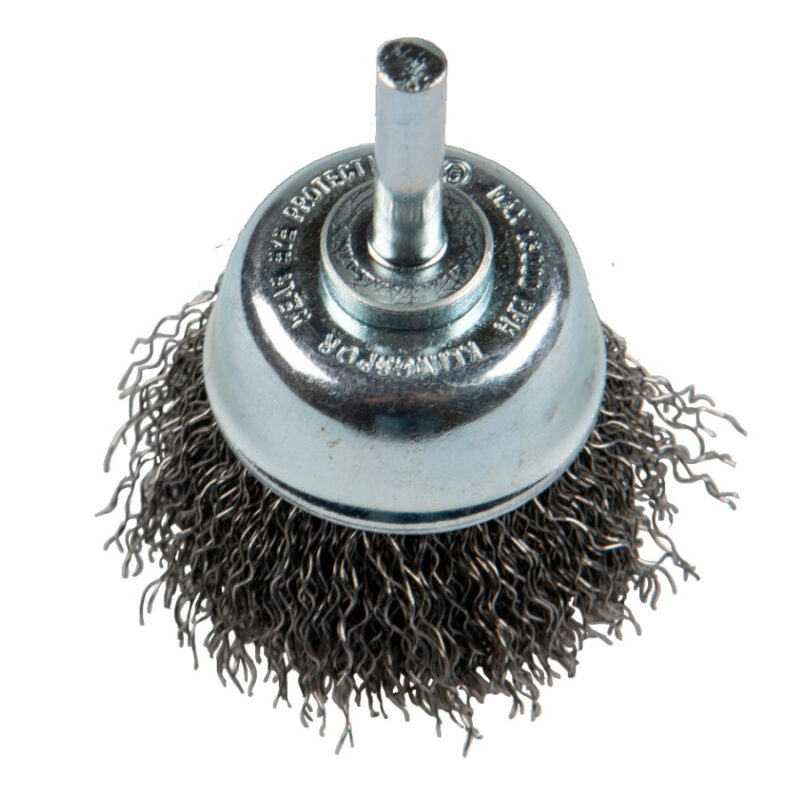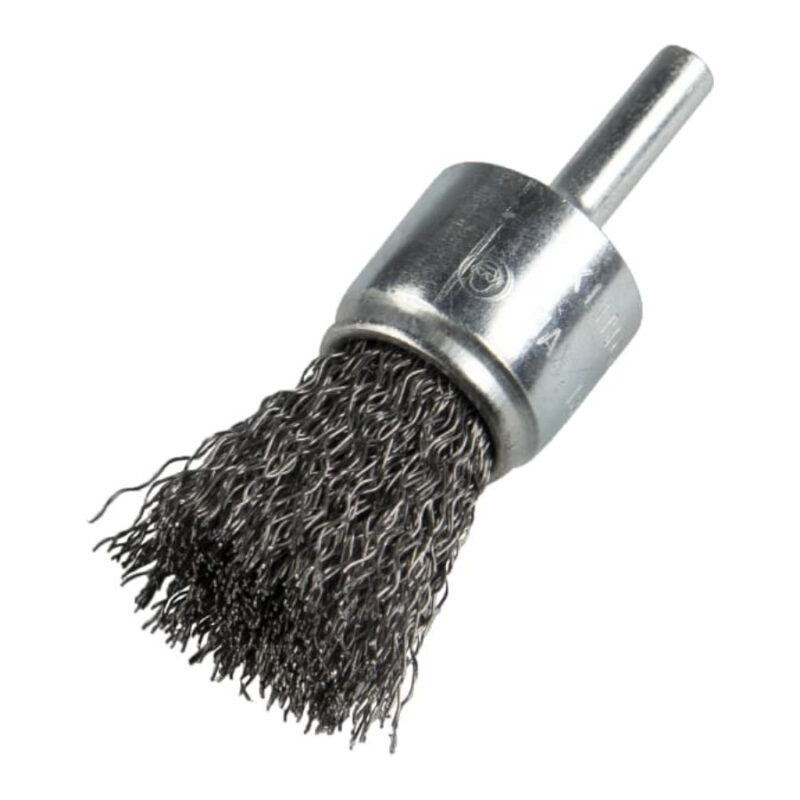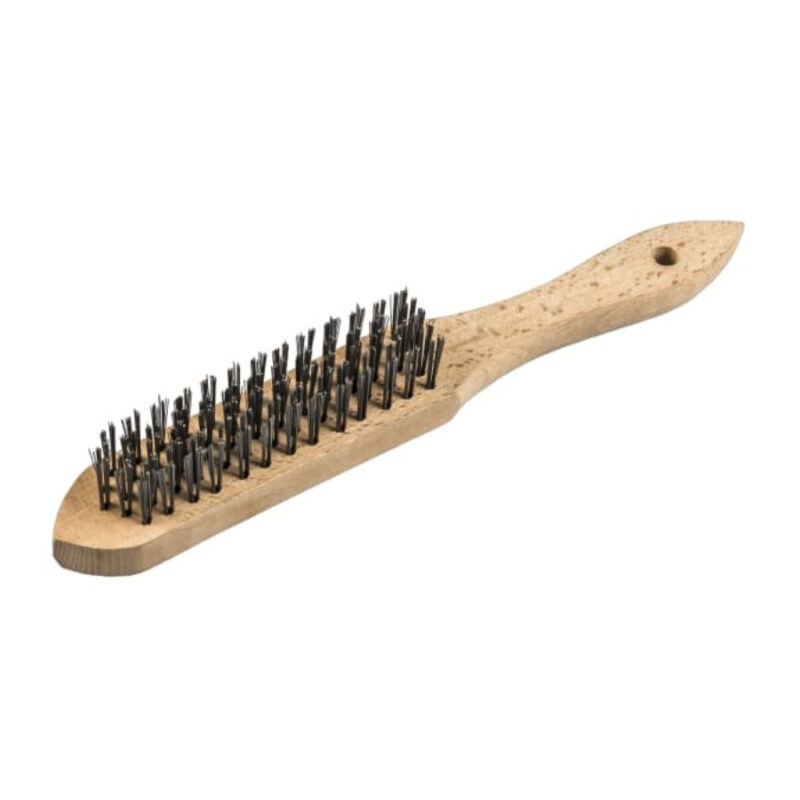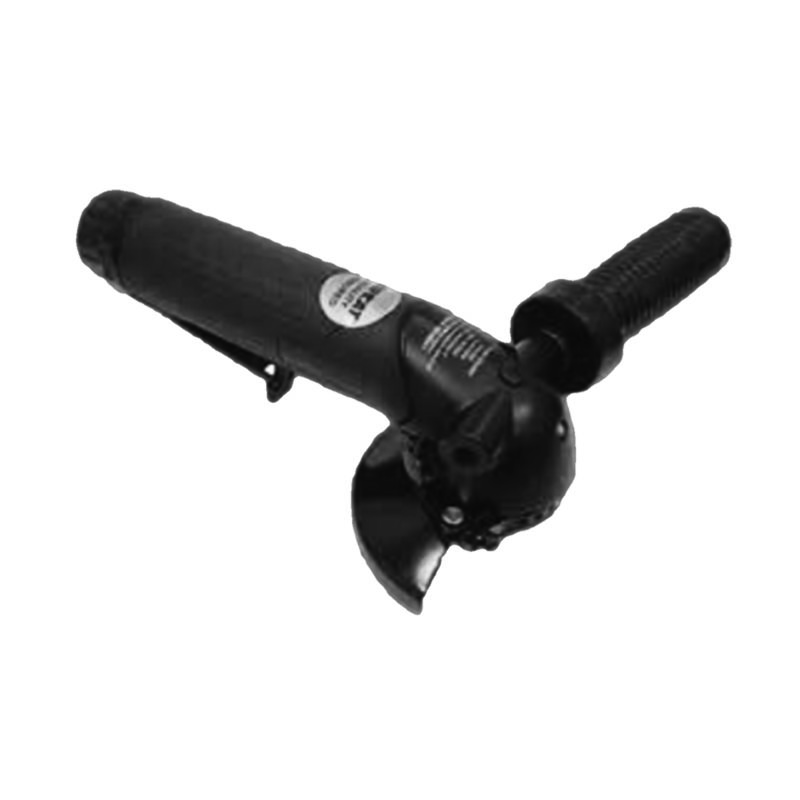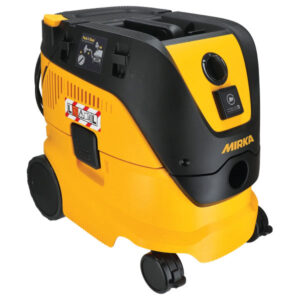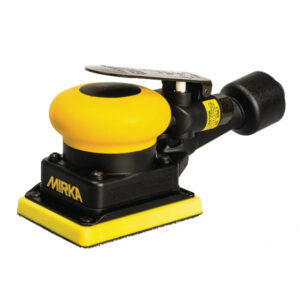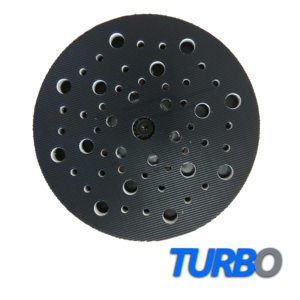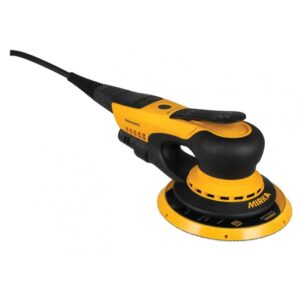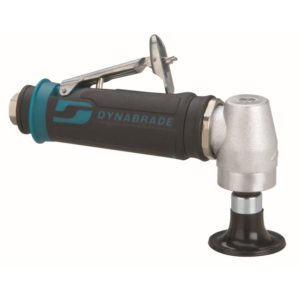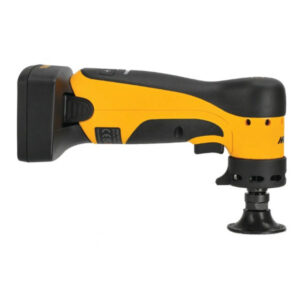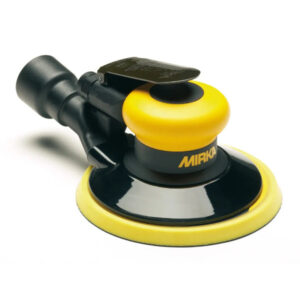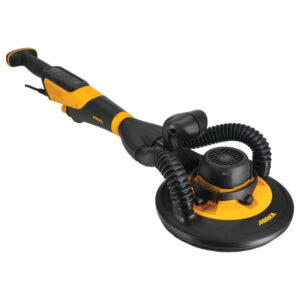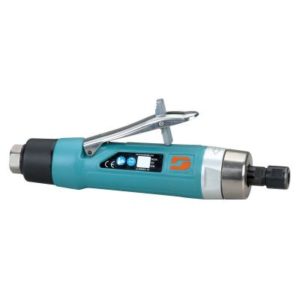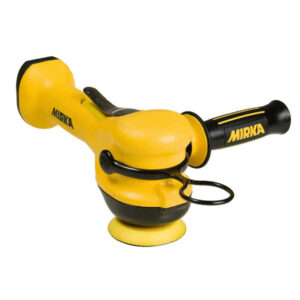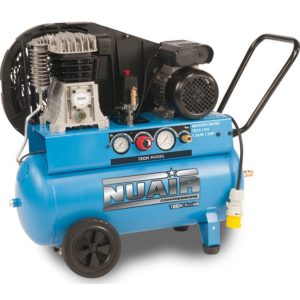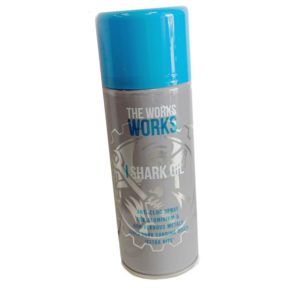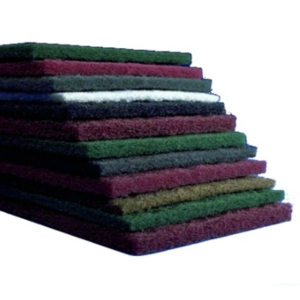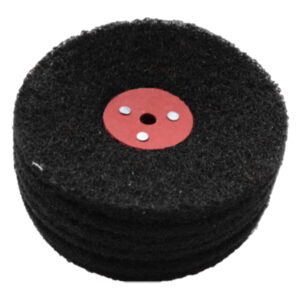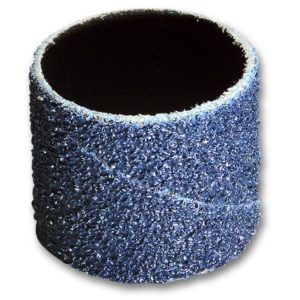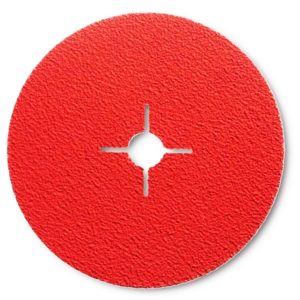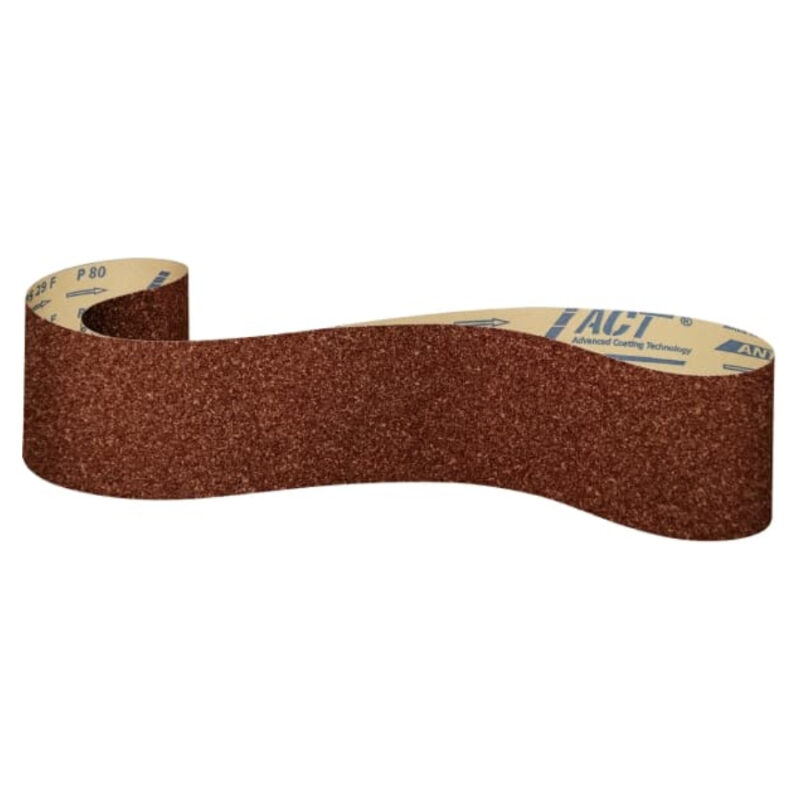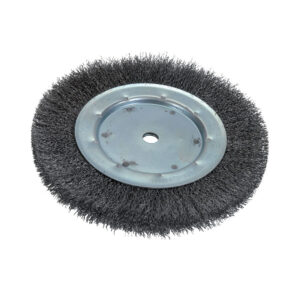Construction
The construction industry relies heavily on the use of abrasives for various applications. Abrasives are used for tasks such as cutting, grinding, sanding, polishing, and finishing materials such as concrete, masonry, metal, and wood. In this article, we will discuss the types of abrasives commonly used in the construction industry.
One of the most common abrasives used in construction is sandpaper. Sandpaper is made by bonding abrasive particles to paper or cloth backing. Sandpaper comes in different grits, ranging from coarse to fine. Coarse grit sandpaper is used for heavy-duty sanding, such as removing paint or rust from metal surfaces. Medium grit sandpaper is used for general-purpose sanding, such as smoothing rough wood or preparing surfaces for painting. Fine grit sandpaper is used for finishing, such as smoothing out the final coat of paint.
Another commonly used abrasive in the construction industry is diamond blades. Diamond blades are used for cutting hard materials such as concrete, brick, and stone. Diamond blades are made by embedding diamond particles into the blade’s rim or edge. As the blade rotates, the diamond particles cut through the material.
Grinding wheels are also commonly used in the construction industry. Grinding wheels are made by bonding abrasive particles to a wheel or disc. Grinding wheels come in different types and grits, depending on the material being ground and the desired finish. For example, silicon carbide grinding wheels are used for grinding concrete and masonry, while aluminum oxide grinding wheels are used for grinding metal.
Wire brushes are also commonly used in the construction industry. Wire brushes are used for tasks such as removing rust or paint from metal surfaces. Wire brushes come in different types, including crimped wire brushes, twisted wire brushes, and cup brushes.
In addition to these abrasives, there are many other types of abrasives used in the construction industry, including flap discs, sanding discs, and abrasive belts. Flap discs are made by bonding abrasive particles to a backing material. The abrasive particles are arranged in a series of overlapping flaps, which allows the disc to contour to the workpiece. Sanding discs are similar to flap discs but are typically used for finishing applications. Abrasive belts are used for sanding large areas of material, such as wooden floors or metal pipes.
When choosing abrasives for construction applications, it is important to consider the material being worked on and the desired finish. For example, if the material being worked on is concrete, a diamond blade or silicon carbide grinding wheel may be the best choice. If the material being worked on is wood, sandpaper or an abrasive belt may be more appropriate. It is also important to choose the correct grit for the task at hand, as using too coarse of an abrasive can damage the material being worked on, while using too fine of an abrasive may not be effective.
In conclusion, abrasives play a vital role in the construction industry. They are used for a wide range of tasks, including cutting, grinding, sanding, polishing, and finishing. Choosing the right abrasive for the task at hand is important to achieve the desired finish and avoid damaging the material being worked on. With so many types of abrasives available, it is important to consult with a supplier or expert to ensure that the correct abrasive is chosen for the job.
